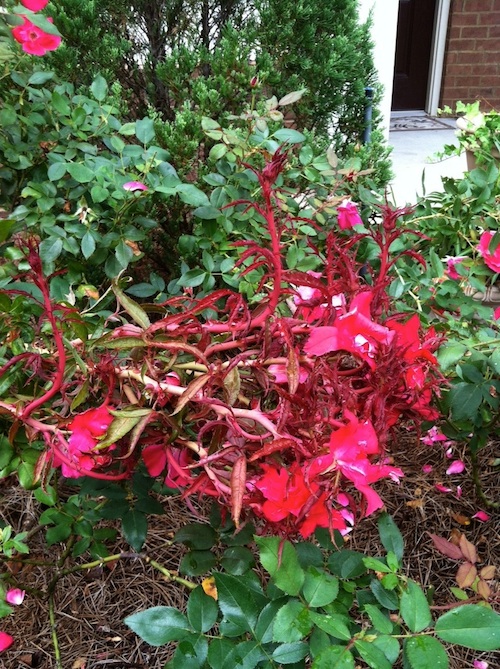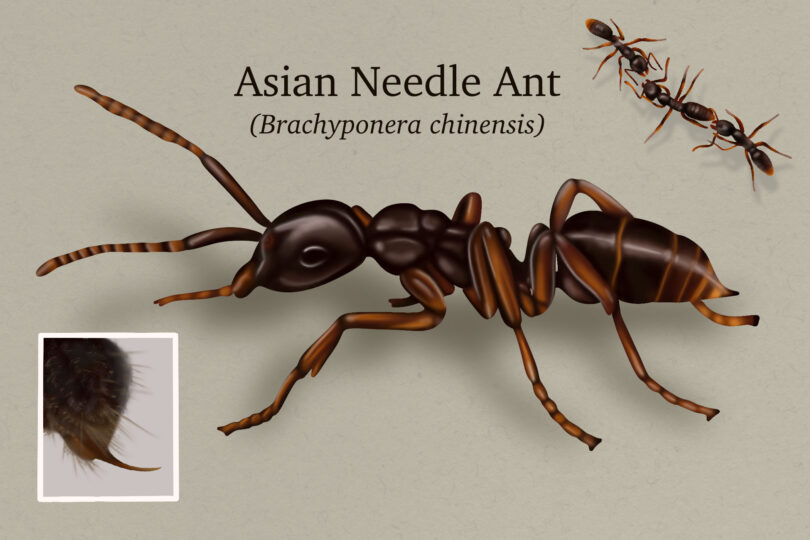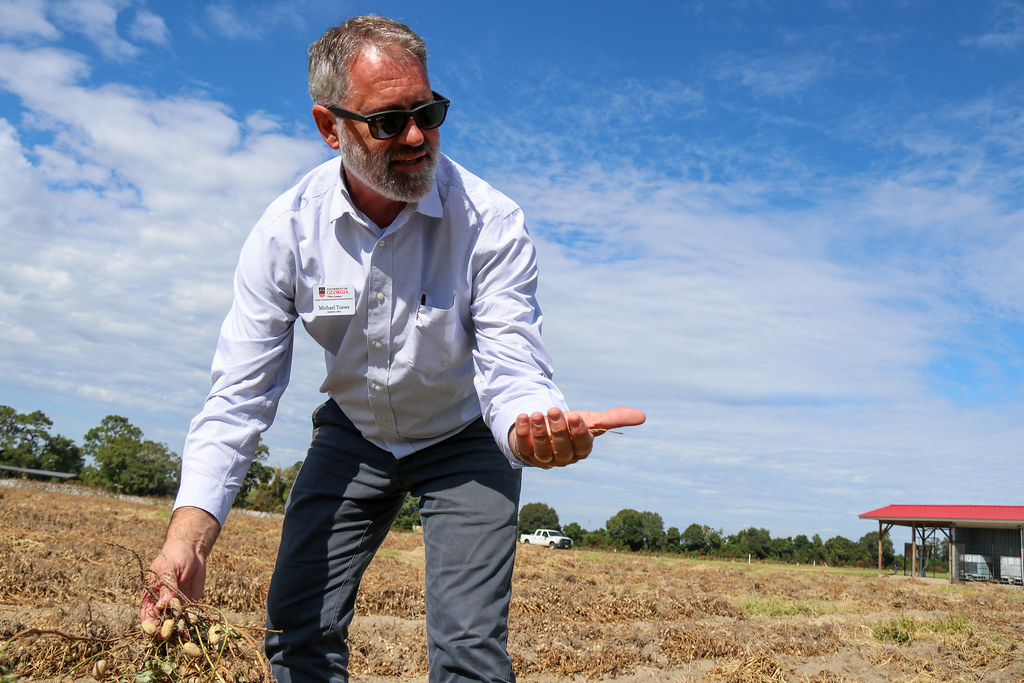Roses are typically viewed as one of the most beautiful flowers, but in rare cases a tiny pest can cause gnarly looking, new growth on rose bushes.
Rose leaf-curl mites feed on roses and cause rose rosette virus, also known as RRV. The extremely small eriophyid mite feeds on plant sap from the tender stems and leaf petioles. The pest alone causes little damage while feeding, but if it is a carrier of RRV, symptoms begin to appear in the rose typically within one to three months.
There is no cure for RRV and it is not always preventable, since there are no vaccines for plant viruses.
Causes thick, succulent stems
Infected roses exhibit reddened terminal growth on infected branches, and the stems become thicker and more succulent than those on unaffected parts of the plant. These stems exhibit an abnormally high number of pliable thorns, which may be either green or red.
Infected rose bushes produce less flowers and the petals may be distorted and fewer in number. Rose leaves that develop on infected branches are smaller than normal and may be deformed similarly to herbicide injury by 2,4-D.
Lateral branches may grow excessively from main stems and create a witch’s broom symptom, much like injury from herbicide glyphosate (Roundup and other brands).
Treat nearby rose bushes
To reduce the spread of leaf-curl mites from the site of an infected rose, nearby roses can be treated with an insecticide spray containing bifenthrin or a horticultural summer oil every two weeks between April and September. This may help prevent additional plants from becoming virus infected by any sap-vectoring mites.
Symptoms of the virus generally become evident in the late spring to early summer and progress during the growing season. By late summer or fall, the plant will have a noticeable amount of abnormal, gnarly growth.
Once the rose becomes infected, RRV moves throughout the plant and the entire bush becomes infected. By the time symptoms are evident in a rose, the virus may have spread to adjacent roses by the movement of the mites.
Only affects roses
Infected plants typically die within a couple of years. The good news is RRV only affects roses, so other plants in your garden won’t get this disease unless they are closely related to the rose plant.
Since there are no treatments for plant viruses, infected roses should be immediately removed, then burned or bagged for disposal. Also remove any roots that might re-sprout later. Do not leave an uprooted, infected plant in the garden, as the mites may leave this bush for other nearby roses.
When planting new roses, space plants far enough apart so that they do not touch in order to minimize potential spread of these types of diseases.
Because RRV is systemic within the infected rose plants, grafting infected stems onto other rose plants will transmit the virus. Nursery growers may infect roses this way through poor propagation practices.
Pruning shears and other tools used on diseased roses should be disinfected with rubbing alcohol or a 10 percent diluted bleach solution before being used on healthy plants. Sap left on the pruners can contaminate other roses.
For more information on growing roses, refer to the University of Georgia Cooperative Extension publications at www.caes.uga.edu/publications/.








